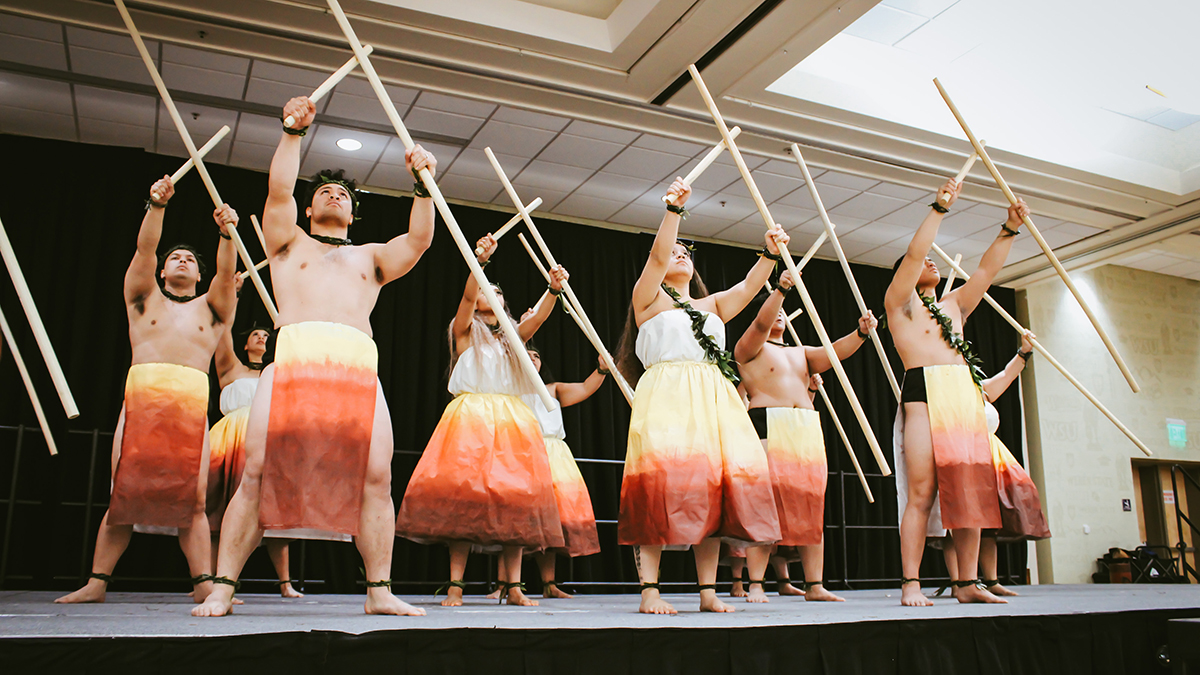Utah Valley University (UVU) joins the nation in honoring Asian Americans, Native Hawaiians, and Pacific Islanders (AANHPI) every May during AANHPI Heritage Month.

Utah Valley University (UVU) joins the nation in honoring Asian Americans, Native Hawaiians, and Pacific Islanders (AANHPI) every May during AANHPI Heritage Month. UVU recognizes and celebrates our diverse student body throughout the year, and we use national heritage months as an opportunity to appreciate the different groups that bring unique perspectives to our campus community.
The history of AANHPI Heritage Month goes back to 1977 when the House of Representatives designated the first 10 days of May as Asian-Pacific Heritage Week. The beginning of May was chosen to recognize two key dates in Asian American history: May 7, 1843, when the first Japanese immigrant arrived in the United States, and May 10, 1869, when the first transcontinental railroad was completed following the work of a largely Chinese crew.
Since Asian-Pacific Heritage Week was expanded into a month-long observance in 1992, we honor AANHPI groups throughout the entire month. But why do we celebrate multiple cultural groups together in May when the history of this heritage month began with recognizing Asian American history?
Today, Asian Americans, Native Hawaiians, and Pacific Islanders are viewed as separate, individual categories, but that wasn’t always the case. For much of the United States’ history, there was no federal distinction between Asian and Pacific Islander identities. The U.S. Census shows us not just the populations of racial and ethnic groups across history, but also how those groups have been defined throughout U.S. history.
Today, we celebrate Asian Americans and Pacific islanders as separate identity groups that have a shared history in U.S. history. May was officially proclaimed Asian/Pacific American Heritage Month in 1992 to begin recognizing this separation. In 2021, President Joe Biden officially included Native Hawaiians as its own distinction in his 2021 Asian American and Native Hawaiian/Pacific Islander Heritage Month proclamation.
Each year, the Federal Asian Pacific American Council (FAPAC) sets a theme for AANHPI Heritage Month. The 2024 theme is “Advancing Leaders Through Innovation.” UVU celebrates the trailblazers and leaders from the AANHPI community and the cultures, perspectives, and experiences they bring to our campus. We believe in the power of creating new, innovative educational experiences that uplift Wolverines as the leaders of tomorrow.